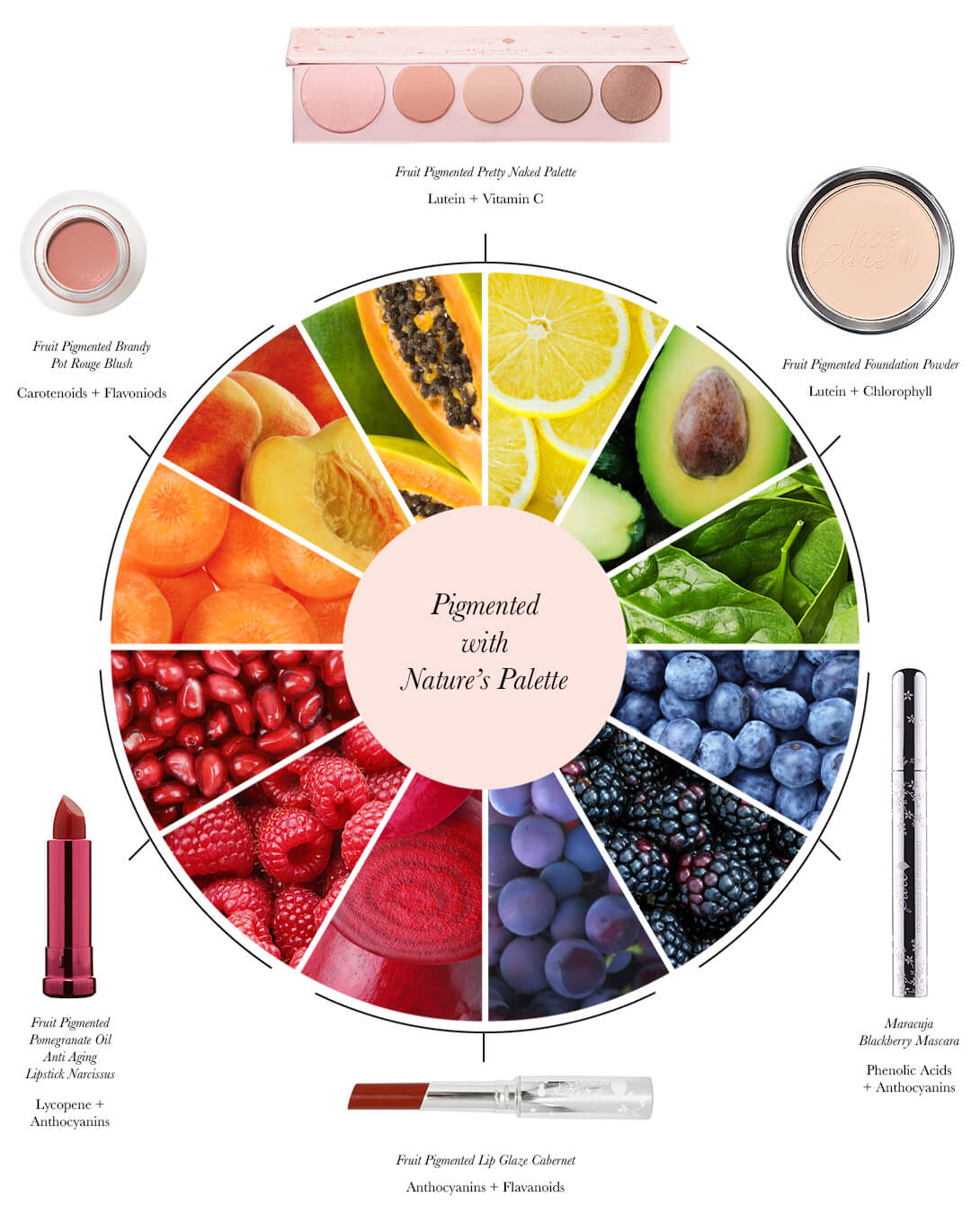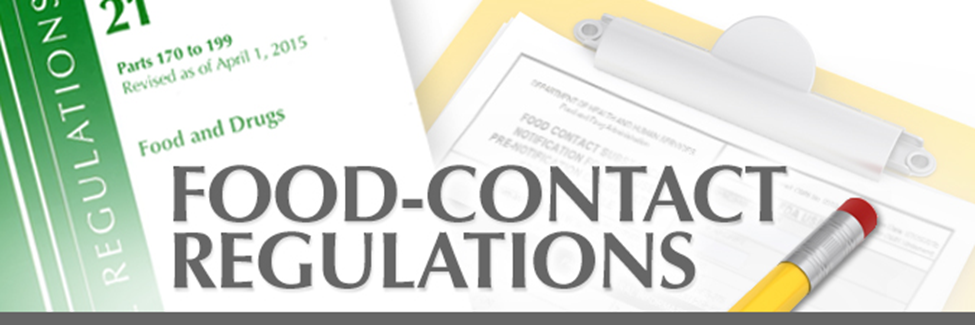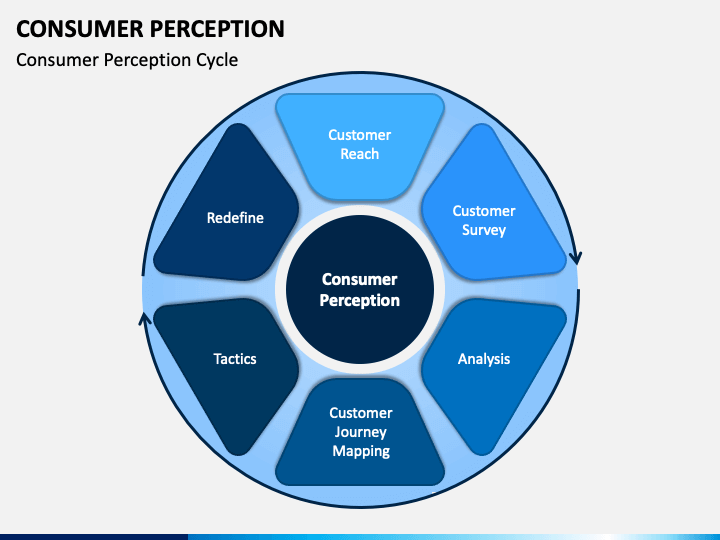Food Additives Colorants Used In Beverages Presentation
| Introduction to Food Additives Colorants in Beverages | ||
|---|---|---|
| Food additives colorants are substances added to beverages to enhance their visual appeal. These colorants can be natural or synthetic and are regulated by food authorities to ensure safety. The use of colorants in beverages has increased over the years due to consumer demand for visually appealing products. | ||
| 1 | ||
| Natural Colorants | ||
|---|---|---|
| Natural colorants are derived from natural sources such as fruits, vegetables, and plants. Examples of natural colorants used in beverages include beet juice, turmeric, and spirulina extract. Natural colorants are preferred by some consumers due to their perception of being healthier and more environmentally friendly. | ||
| 2 | ||
| Synthetic Colorants | ||
|---|---|---|
| Synthetic colorants are artificially created in a laboratory and are often more vibrant and stable than natural colorants. Examples of synthetic colorants used in beverages include Red 40, Yellow 5, and Blue 1. Synthetic colorants are extensively tested for safety and are approved by food regulatory authorities before being used in beverages. | ||
| 3 | ||
| Function of Colorants in Beverages | ||
|---|---|---|
| Colorants play a crucial role in determining the visual appeal of beverages, influencing consumer perception and preference. They can be used to mimic the appearance of fruits, enhance the intensity of a beverage's color, or provide a unique visual identity. Colorants also help to maintain consistency in the appearance of beverages, ensuring that each serving looks the same. | ||
| 4 | ||
| Regulations and Safety | ||
|---|---|---|
| Food regulatory authorities, such as the Food and Drug Administration (FDA), establish guidelines and limits for the use of colorants in beverages. These regulations ensure that colorants are safe for consumption and do not pose any health risks. Manufacturers are required to list the specific colorants used on the product's ingredient label, allowing consumers to make informed choices. | ||
| 5 | ||
| Health Concerns and Controversies | ||
|---|---|---|
| Some studies have suggested a potential link between synthetic colorants and certain health issues, such as hyperactivity in children. However, the overall evidence regarding the effects of colorants on health is inconclusive. It is important to note that the safety of colorants is continually evaluated, and any potential risks are taken into account by regulatory authorities. | ||
| 6 | ||
| Labeling and Transparency | ||
|---|---|---|
| Beverage manufacturers are required to provide accurate and transparent information about the colorants used in their products. Labels should clearly state the specific colorants used, whether natural or synthetic. Consumers can make informed choices based on their personal preferences and potential concerns regarding colorants. | ||
| 7 | ||
| Consumer Perception and Marketing | ||
|---|---|---|
| The visual appeal of beverages, achieved through the use of colorants, plays a significant role in attracting consumers. Marketing strategies often emphasize the vibrant colors of beverages to create a positive perception of the product. Consumer awareness and demand for natural colorants have also influenced marketing strategies, with some companies promoting their use of natural ingredients. | ||
| 8 | ||
| Future Trends and Innovations | ||
|---|---|---|
| With increasing consumer demand for healthier and more natural products, the use of natural colorants in beverages is expected to grow. Research is being conducted to develop new natural colorants from unconventional sources, such as algae or insects. Advances in technology may also lead to the development of more stable and sustainable synthetic colorants. | ||
| 9 | ||
| Conclusion | ||
|---|---|---|
| Food additives colorants play a vital role in enhancing the visual appeal of beverages. Both natural and synthetic colorants are used, with each having its own advantages and considerations. Regulatory authorities ensure the safety of colorants, while consumers have the power to make informed choices based on labeling and personal preferences. | ||
| 10 | ||









